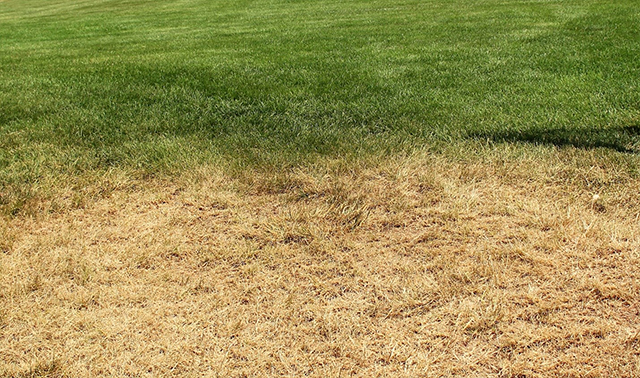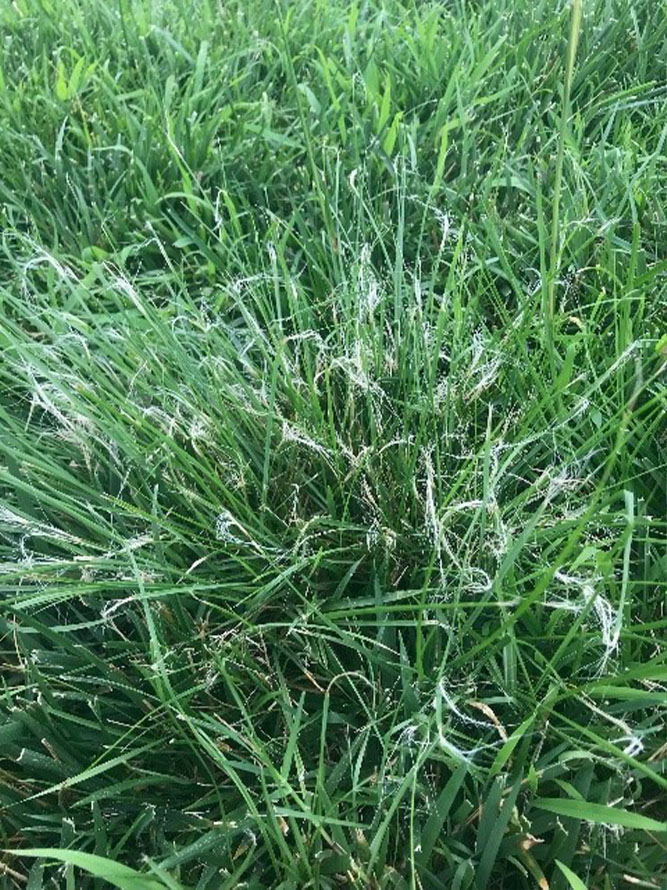Lawn Watering Schedule
Last Updated on May 3, 2025 Summer is in full swing and the warm weather makes it perfect to enjoy your outdoor living space. Unfortunately, the same warm weather and lack of rain can really stress your lawn. Maintaining a lawn and landscape takes a lot of work and effort, but there are few cultural […]
Lawn Watering Schedule Read More »



